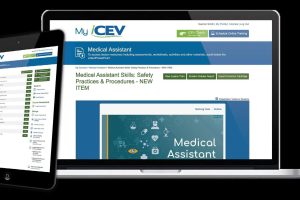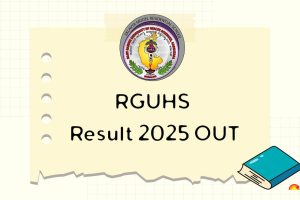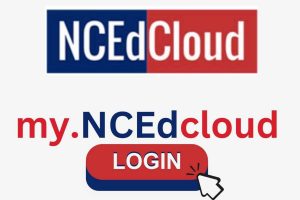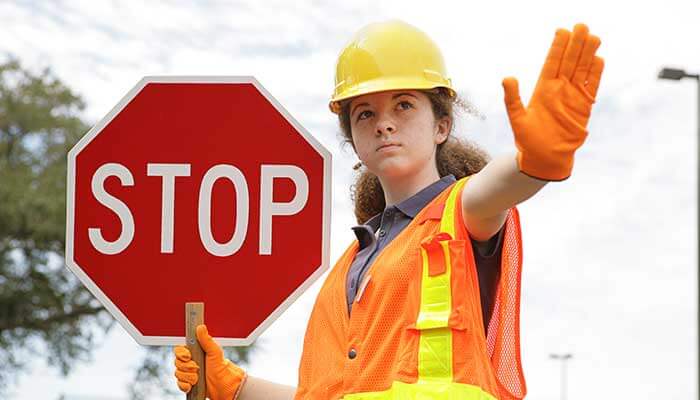Content Attributes
Personalized learning has become one of the most sought-after approaches in recent times. But not everyone understands how it should be practiced. Many educators only toss this term here and there for the sake of it.
Personalized education can improve students’ performance in many ways. Commercial entities often do not put in enough effort to comprehend what this education model requires.
Yet, some researchers and universities experimented with various aspects of this learning approach. These studies report interesting ways this ideology enhances student performance and achievements.
Personalized Learning: A Brief Definition
According to the Glossary of Education Reform, the personalized learning plan is a plan developed by students in association with teachers and parents to achieve their short-term and long-term goals. Personalized education models need to focus on a student’s interests and learning pace.
The transition from the current instructional model to the personalized model is not a one-time affair. The shift entails a set of changes through the entire system. These changes can be made gradually with planning and strategic implementation.
Students can also be encouraged to turn to an order essay online for assignments. This way, they will dedicate most of their time to achieving their major learning goals.
The Impact of Personalized Learning on Student’s Achievements
A student’s performance in academics depends on their engagement in the learning process. And by performance, we don’t mean only marks or percentiles. Some students do mug up well and score well in exams. But here, we imply overall growth and subject-matter expertise that reflect in the long run.
In 2015, Hanover Research examined four aspects of personalized learning. They used these assessments to determine its effects on students’ performance:
- student choice;
- student engagement;
- flexible learning environments;
- personal learning paths.
Their report suggests some interesting factors outlined below.
- Student choice results in enhanced engagement, thus improving performance and academic achievements. So, when students get a choice of assignments and even the groups they want to join for projects, they showcase better engagement.
- Behavioral, emotional, and cognitive facets of learner engagement significantly impact academic performance. So, when students are placed in a positive classroom environment, they tend to perform better.
- In traditional learning environments, students are restricted to classrooms and teacher-controlled movements. Personalized learning requires a flexible environment to fit every participant. The infrastructure can allow freedom of movement, natural surroundings, and a positive interior. In such circumstances, students show enhanced academic performance.
- The flexibility to choose a learning path makes students more accountable. This path allows them to set goals, align subject choices, and track progress. This sense of accountability motivates them to achieve more.
The report refers to many other related studies that have similar key findings. Personalized education pushes each individual to work towards their goals. The educators provide them with necessary instructions, curriculum, and resources.
How Can Institutions Maximize Its Benefits?
The righteous approach to personalized education starts from analyzing the existing system. This is followed by step-by-step modifications throughout the process. Personalization is not only about changing the way teachers deliver instructions.
Instead, it is a combination of instructions, curriculum, content, assignments, and assessment. A teacher can customize these aspects based on a student’s goals and interests. The system is also designed to keep students’ profiles in focus. Let’s face it – learners cannot always make the best decisions for themselves.
We have seen students failing at mathematics in one grade and acing it in later years. This difference is often made by positive changes in the classroom. A teacher’s approach and guidance can help a student understand the subjects they are good at. It can also help them with the subjects that interest them but come across as difficult.
Learning environments play a huge role in one’s academic performance. These environments can either improve student engagement or cause them to lose interest. Hence, a classroom that makes the real difference should follow such principles:
- encouraging each individual to participate;
- not judging for making mistakes;
- appreciating everyone’s efforts.
Further, institutions can create strategies to approach topics in ways suitable to all kinds of students. They can assign interactive activities to smart learners while allowing time to slow ones.
Using technology can be beneficial to tailor content accordingly. Teachers can also create groups to arrange collaborative learning among students. There are so many models of personalized education. Some of the most popular ones are the following.
- Using learner profiles to tailor teaching techniques for individual students.
- Allowing students to choose their learning paths based on their interests, strengths, goals, and progress over a set duration.
- Helping students to choose competencies that they want to master while teachers assess their progress. Students move on to the next competency after mastering one.
- Providing flexible learning environments. Schools allow students to study at their own pace, preferred times, and places.
All these models have their unique sets of challenges. But a strategic approach can resolve these issues and make education more impactful for students.
Takeaway
The term “personalized education” is generally used for fancy courses by some EdTech companies. But these courses are just one part of personalized learning. Institutions can implement the other aspects of it in physical and online classrooms. They can also integrate technology into their teaching approaches to enhance its effects. Personalized learning is effective if implemented thoughtfully.



